In a recent ruling by the Authority of Advance Ruling (AAR), West Bengal, two interesting things occurred and this article tries to highlight the 3rd interesting thing which is missed out in the ruling of the AAR, so this is an interestingly interesting matter.
The ruling was in the case of Mohana Ghosh, In Re Appeal Number: 06/WBAAR/2019-20 & 08/WBAAR/2019-20 (2019 GLT 26-124)
The first interesting point to is the revenue representative made its submission in favour of the assessee’s application but the AAR has pronounced its order against the assessee.
Secondly the AAR found some errors apparent on the face of the record and has revised its own order which is noticed on its own accord within a span of less than 10 days and the ruling still is against the assessee. Well, that sounds like a happy revelation but a sad ending.
The facts of the case are that the applicant Mohana Ghosh (Trade Name: M/s Reesham Associates) is into the Cab-Rental business, and has got an order for supply of Rent a cab services to West Bengal Postal Service for transportation of passengers (and not for any parcel or postage service). The Service receiver has entered into an agreement for payment of fixed charges per month (and not based on any kilometre reading).
There was an additional clause in the said agreement which stated that additional amount would have be paid if the cab is retained for extra hours or usage during holidays.
The agreement no-where said that the vehicle will not be used for transportation of passengers. Since the vehicle was a cab it ought to be used for transportation of passengers.
The applicant approached AAR with a question whether input tax credit (ITC) of GST paid on inward supply/purchase of motor vehicle will be available for supply of vehicle for rent-a-cab/renting/leasing/hiring service.
The applicant submitted that customers take cabs on rent for the transportation of passengers. Rent-a-Cab was, therefore, essentially associated with the transportation of passenger and thereby credit is admissible by way of exception given in section 17(5)(a)(B) of the CGST Act, 2017 as amended by GST Amendment Act, 2018 with effect from 01.02.2019.
This contention was accepted by the revenue and they also mentioned that credit is admissible.
The AAR while observing and pronouncing its ruling held that the credit as claimed by the assessee is not for supply of transportation of passengers since the SAC for passenger transportation service is classified under SAC 9964 and that for renting of any motor vehicle, is classified under SAC 9966. Since these are distinguished separately and the exception in section 17(5)(a)(B) states that credit is admissible only for transportation of passengers, and thereby the AAR held that credit on inward supply of motor vehicles for supplying rent-a-cab is not admissible.
Now comes in the third interesting part, the Authority has stated that the SAC for passenger transport is different from SAC for Rent-a-cab but the said section 17(5)(a)(B) does not use either of the words, its simply states – Input tax credit shall not be available on motor vehicles for transportation of persons having approved seating capacity of not more than thirteen persons, except when they are used for making the following taxable supplies –
- Further supply of such motor vehicles; or
- Transportation of Passengers; or
- Imparting training on driving such motor vehicles.
The above definition is clear in it meaning and when the law is clear and there is no ambiguity then the plain reading needs to be given is a well-established rule of interpretation. The section does not specify the mode of transportation of passengers, if the two ingredients are present – i.e. transportation and secondly the subject matter which is passengers then any mode of transport and any mode of contract between the service provider and service receiver is irrelevant to claim the credit is the humble view of the author.
Since in the case of rent a cab also the modus operandi of the operation of the cab would be transportation of passenger, then in such cases the credit of renting of cab cannot be distinguished from passenger transportation service.
It is worth mentioning here that at one point in the AAR the authority has stated that in case of renting of motor vehicle the recipient of service is not a passenger. But the said section is emphasising on the nature of the supply and is not focused on the service recipient, if a distinction is drawn while interpreting the sections in a manner by deciding who the recipient is then it will be very difficult to interpret the exceptions to input credit. This would narrow down the reading and give a very limited meaning to the statutory provisions.
While the assessee also has not mentioned in his submissions as to why the credit should not be allowed under the head 17(5)(a)(A) and the authority also has not interpreted this clause.
But this clause (A) states that “Further supply of such motor vehicles” A view can be taken that the said motor vehicles which are purchased are used for further supply of rent a cab and not consumed. Since the definition of supply is not limited to sale of the vehicle, and renting of cab is also a supply and a specific SAC is also identified by the AAR in its own ruling then it can be considered that such motor vehicle is used for making further supply.
Since there is no restriction in this clause as to mode or type of supply i.e either sale of such motor vehicle or supply of such motor vehicle for rent, lease or any activity as specified in the 8 clauses of section 7 of the CGST Act, the renting of the motor vehicle is also considered as supply. Support can be drawn from High Court case of Safari retreats where the high curt has held that credit is admissible on any input if the output is taxable. Hence credit is admissible under 17(5)(a)(A) as well.
One more support in this case would be proviso to section 17(5)(b) where in the credit of renting or hiring of motor vehicle is available ‘when the inward supply is used for making a outward taxable supply of same category of goods or services or as an element of a taxable composite or mixed supply’
What it means is the said motor vehicle should be used for taxable outward supply which is the fact in the present case – the vehicle is used for rent a cab service and credit is thereby admissible.
Conclusion:
From all the above multiple interpretations which supports the claim of the assesssee, we think that this is a strong case for further proceedings and the assesssee can rely on all of the aforesaid statutory provisions and build a favourable case.






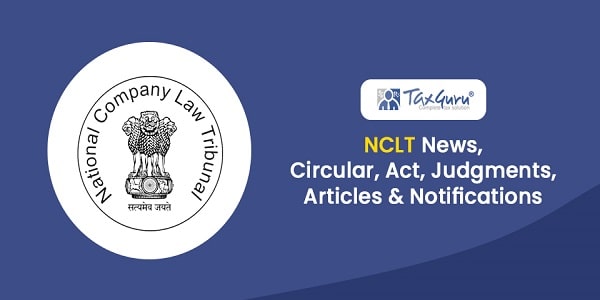
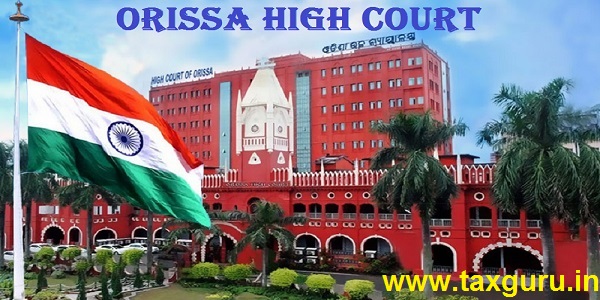
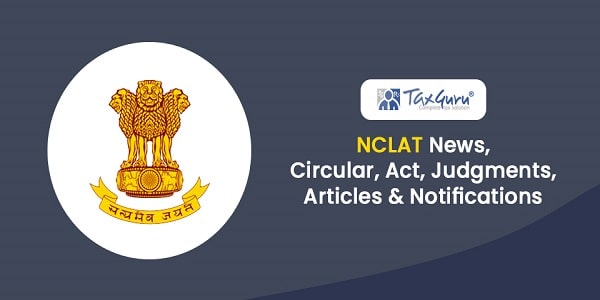
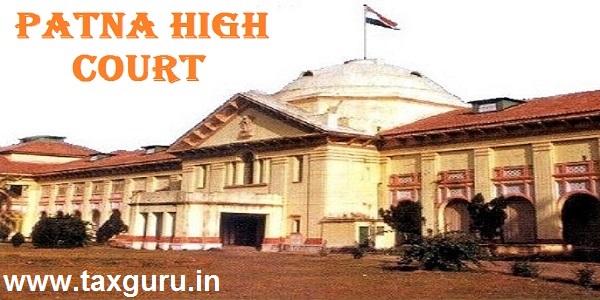
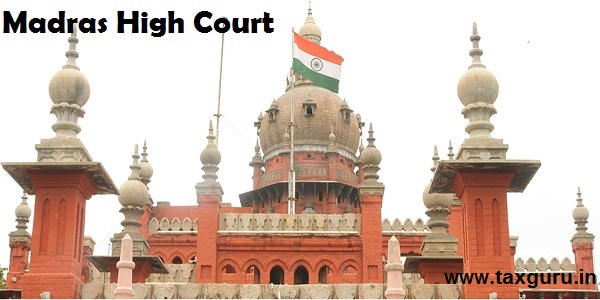





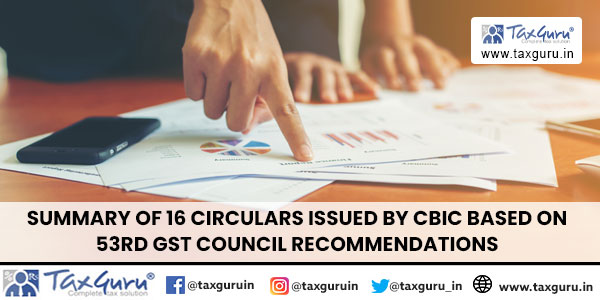

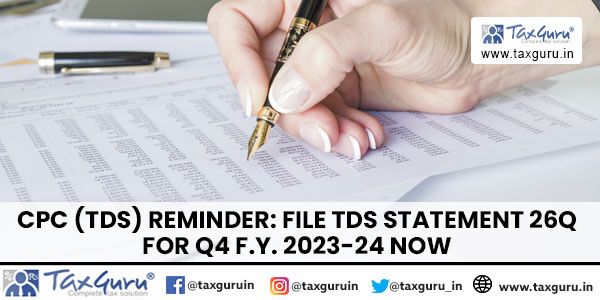

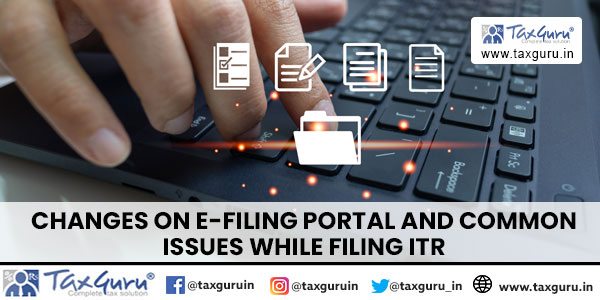
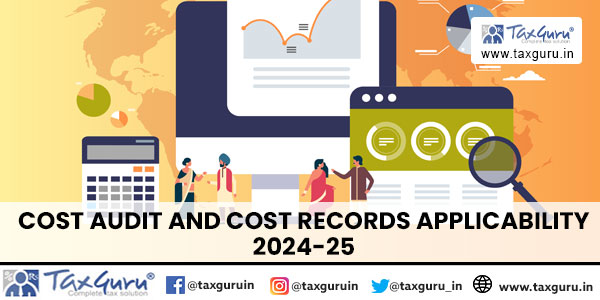




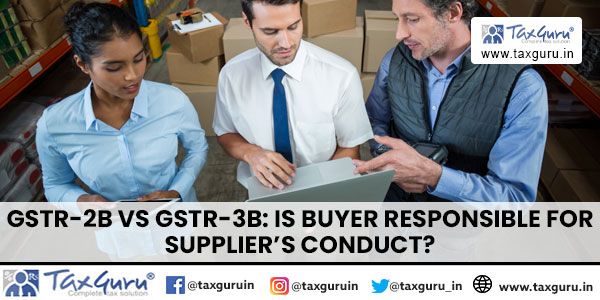




AAR is losing credibility ! System needs a relook .
YES, YOU ARE VERY RIGHT
AND LAW NEVER DISALLOWS INPUT CREDITS
USED FOR TAXABLE OUTPUTS
PERFECT CASE TO WIN OVER WITH YOUR
SOUND AND LOGICAL ARGUMENTS
Very True Sir, Any update on the case?